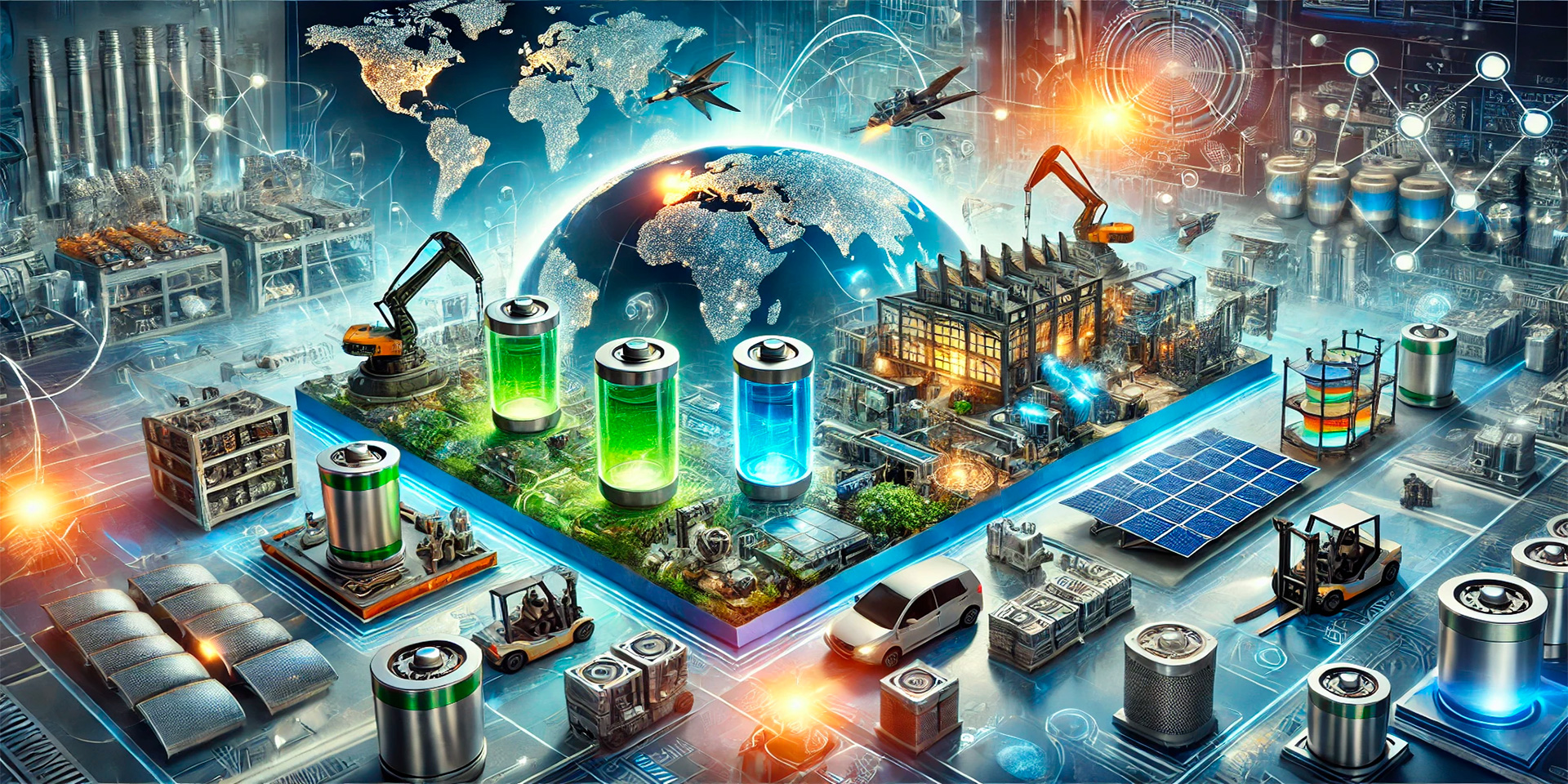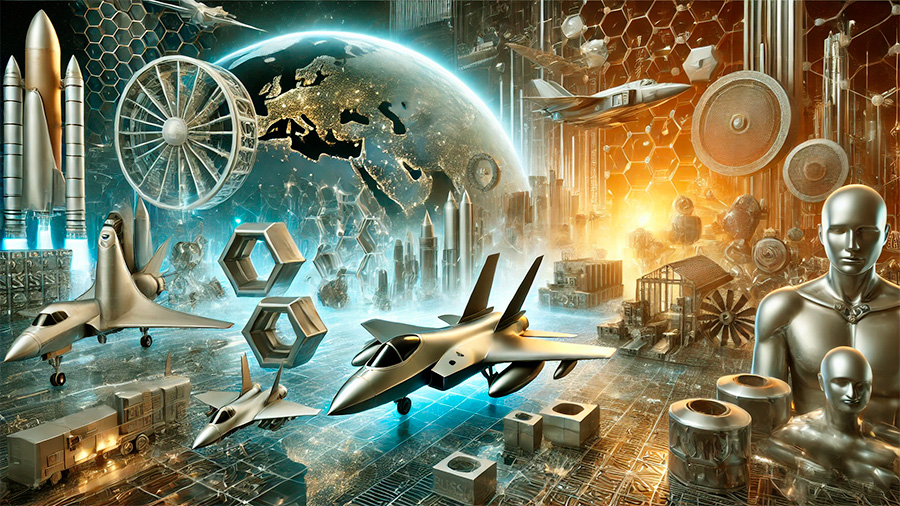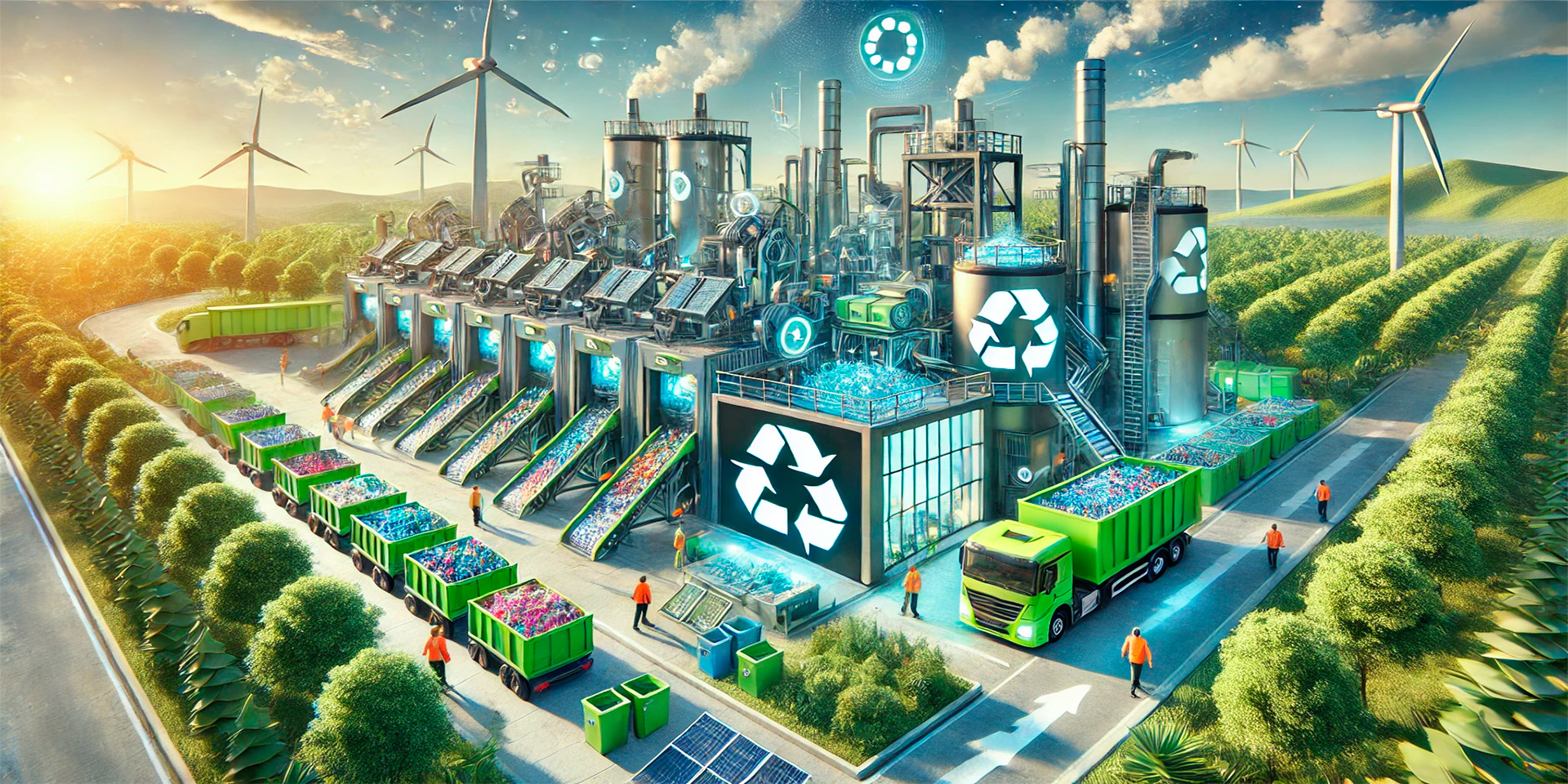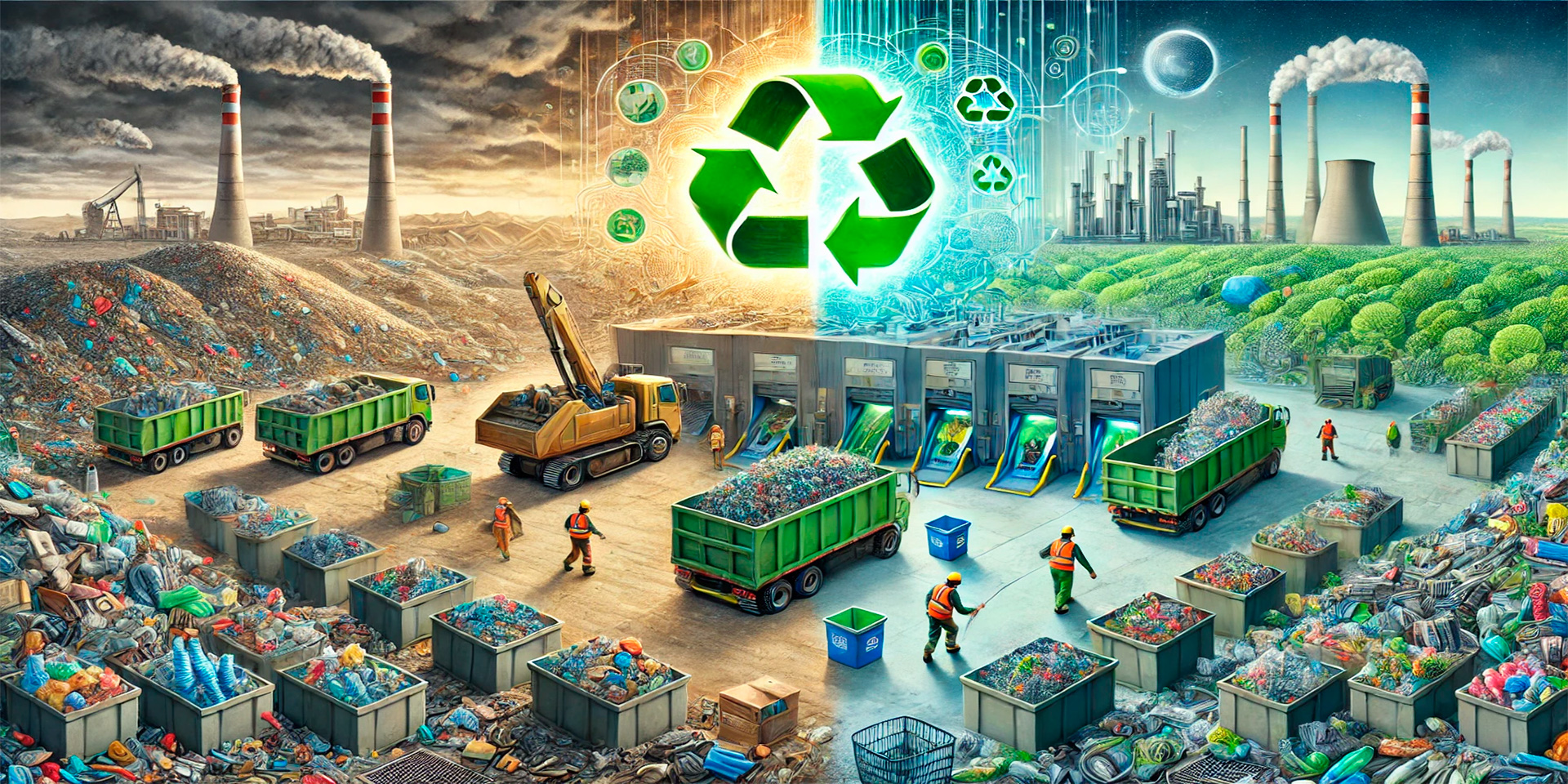
Lithium, titanium, and aluminum are some of the most critical metals in today’s global trade landscape. These metals play a vital role in advanced manufacturing processes, from high-tech industries to renewable energy solutions and aerospace technologies. Their unique properties—such as strength, lightweight, and electrical conductivity—make them indispensable to modern economies. As the demand for innovative technologies grows, these metals have become key drivers of international trade, with countries seeking to secure access to them to maintain their competitive edge. This article explores how lithium, titanium, and aluminum are essential for advanced manufacturing and their impact on global trade dynamics.
The Strategic Importance of Lithium
Lithium, often referred to as “white gold,” is a key element in the production of rechargeable batteries used in a wide range of technologies, including electric vehicles (EVs), smartphones, and renewable energy storage systems. As the world transitions to more sustainable energy sources, the demand for lithium has skyrocketed, making it one of the most strategically important metals in global trade today.
1. Lithium and the Electric Vehicle Revolution
The rise of electric vehicles is one of the primary drivers of lithium demand. Lithium-ion batteries are the preferred energy storage solution for EVs, powering their engines and allowing them to compete with traditional gasoline-powered vehicles. As governments and companies around the world push for greener transportation solutions, the demand for lithium is expected to continue growing at an exponential rate.
How lithium is shaping global trade:
- Boosting lithium production: Countries with rich lithium reserves, such as Argentina, Australia, and Chile, have become critical players in global trade, with increased investments in mining and refining processes.
- Supply chain competition: Nations that lack domestic lithium reserves are increasingly reliant on imports, which has sparked geopolitical competition for control over lithium resources.
- Investment in lithium technology: Technological advancements in lithium extraction and battery recycling are enhancing the sustainability of lithium production, making it more attractive to investors and reducing environmental impacts.
2. The Role of Lithium in Renewable Energy Storage
Lithium-ion batteries are also pivotal for energy storage in renewable power generation systems, such as solar and wind farms. These metals enable efficient storage of electricity for later use, making renewable energy more viable and reducing reliance on fossil fuels. As the global shift toward renewable energy accelerates, lithium has become essential for both industrial and consumer applications.
Impact on global trade dynamics:
- Energy transition: Lithium is central to the growth of the green economy, with countries investing in both lithium production and technologies to store and distribute renewable energy.
- Strategic trade alliances: Countries with access to lithium reserves are forming new trade alliances, creating a competitive market for this critical resource.
- Battery supply chain diversification: As demand for renewable energy solutions increases, securing a reliable lithium supply has become a priority for energy companies and governments alike.

The Strategic Role of Titanium
Titanium is known for its exceptional strength-to-weight ratio, corrosion resistance, and durability, making it indispensable in industries such as aerospace, defense, and high-performance manufacturing. As technological advancements in aviation and space exploration continue, titanium has become a vital resource in the production of cutting-edge machinery and equipment.
1. Titanium in Aerospace and Defense
Titanium’s strength and lightweight properties make it ideal for use in aircraft, spacecraft, and military applications. The metal is used in everything from turbine engines to structural components, where high strength and low weight are critical. As the aerospace industry grows, particularly with advancements in space exploration and commercial air travel, titanium demand is expected to increase, further influencing global trade dynamics.
Impact on global trade and manufacturing:
- Aerospace innovation: Countries with significant titanium production capabilities, such as Russia and China, are positioning themselves as leaders in aerospace manufacturing, contributing to shifts in global supply chains.
- Military applications: Titanium’s use in defense equipment, such as military aircraft and armor, makes it a strategic resource for nations seeking to enhance their defense capabilities.
- Global supply chain concentration: A small number of countries control the majority of titanium production, which can lead to supply chain vulnerabilities for nations that rely on imports.
2. Titanium and the Future of 3D Printing
Titanium has also emerged as a key material in the rapidly growing 3D printing industry, particularly for creating high-performance components used in aerospace, medical devices, and automotive manufacturing. The ability to print complex titanium structures with precise geometries has expanded its applications, increasing its demand in global markets.
Implications for global trade:
- Technological innovation: The rise of 3D printing in various industries has created new markets for titanium, boosting its trade value and establishing it as a key material in advanced manufacturing.
- New trade partnerships: As 3D printing technologies expand, nations are increasingly focusing on securing a consistent supply of titanium, leading to new trade agreements and alliances.

The Role of Aluminum in Global Trade
Aluminum is one of the most widely used metals in the world due to its versatility, lightweight properties, and resistance to corrosion. It is an essential component in industries such as transportation, construction, and packaging. As global industries push for greater sustainability and energy efficiency, aluminum’s importance in advanced manufacturing continues to grow.
1. Aluminum in the Automotive and Transportation Industries
Aluminum plays a critical role in the automotive and transportation sectors, where its lightweight nature helps improve fuel efficiency and reduce emissions. As governments around the world implement stricter environmental regulations and push for cleaner transportation solutions, aluminum is increasingly used in the production of electric vehicles (EVs), lightweight cars, and trucks.
Aluminum’s impact on trade and manufacturing:
- Fuel efficiency regulations: The push for more fuel-efficient and environmentally friendly vehicles is driving demand for aluminum, as automakers shift to lighter materials to meet regulatory requirements.
- Global trade flows: Countries that produce large quantities of aluminum, such as China, Russia, and Canada, are central players in the automotive supply chains, influencing global trade dynamics.
- Electric vehicles: As the demand for electric vehicles grows, the use of aluminum in their production is expanding, further driving trade in the metal.
2. Aluminum and the Construction Industry
Aluminum’s durability, low maintenance, and aesthetic appeal make it an essential material in the construction industry, particularly for building facades, roofing, and structural elements. The shift towards sustainable, energy-efficient buildings has spurred demand for aluminum as an eco-friendly alternative to traditional materials like steel.
How aluminum is shaping global trade:
- Sustainable construction: Aluminum’s role in sustainable building practices is leading to an increase in demand from the construction sector, with more countries and companies adopting green building standards.
- Recycling and sustainability: Aluminum is highly recyclable, making it an attractive material for companies focused on reducing environmental impact. This circular economy approach boosts its demand and influences global trade patterns.
- Supply chain stability: With increased demand for aluminum in construction, new trade agreements are being formed between countries to ensure a stable supply of the metal for major infrastructure projects.
Challenges and Opportunities in Global Trade for Lithium, Titanium, and Aluminum
While lithium, titanium, and aluminum are integral to global trade, there are several challenges that arise from the growing demand for these metals. Limited production capabilities, geopolitical risks, and supply chain disruptions can all affect the availability and price of these metals on international markets.
1. Supply Chain Vulnerabilities
Many of the countries with the largest reserves of these metals are also the primary suppliers. This concentration of production creates vulnerabilities in global supply chains, particularly during times of political instability or economic disruption. As demand for these metals increases, securing stable and diversified supply sources becomes essential for ensuring the continued flow of trade.
2. Environmental and Ethical Concerns
The environmental impact of mining operations for these metals, as well as ethical concerns around labor conditions in mining regions, poses challenges for governments and companies alike. Efforts to address these issues are critical for ensuring sustainable practices in the production of lithium, titanium, and aluminum.
3. Opportunities for Innovation
Despite these challenges, innovation in extraction techniques, recycling technologies, and the development of alternative materials presents opportunities for growth. As countries invest in research and development, the future of these metals in global trade will be shaped by technological advancements and sustainability efforts.
Conclusion
Lithium, titanium, and aluminum are essential metals that play a strategic role in global trade, driving growth and innovation in industries such as electric vehicles, aerospace, construction, and renewable energy. As the demand for these metals continues to rise, countries and businesses must navigate the challenges of supply chain vulnerabilities, environmental concerns, and geopolitical risks. By embracing innovation and sustainable practices, these metals will continue to support the growth of modern economies, ensuring their place at the heart of international trade dynamics.





